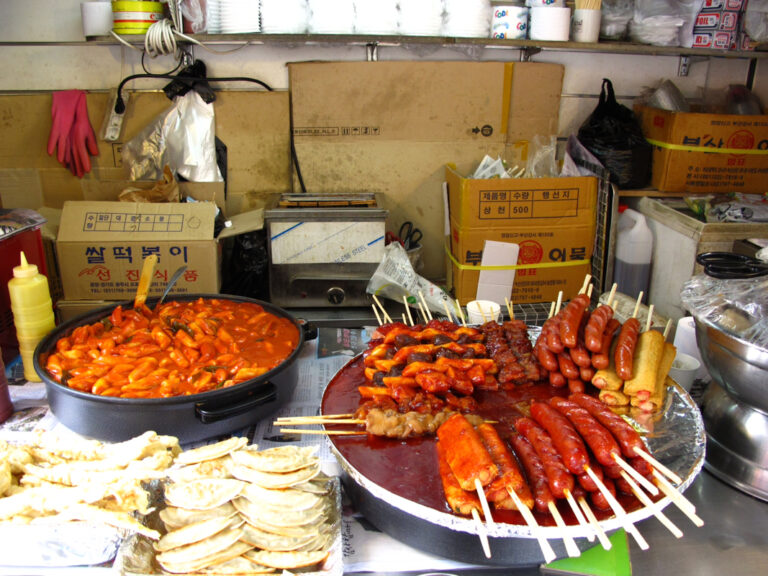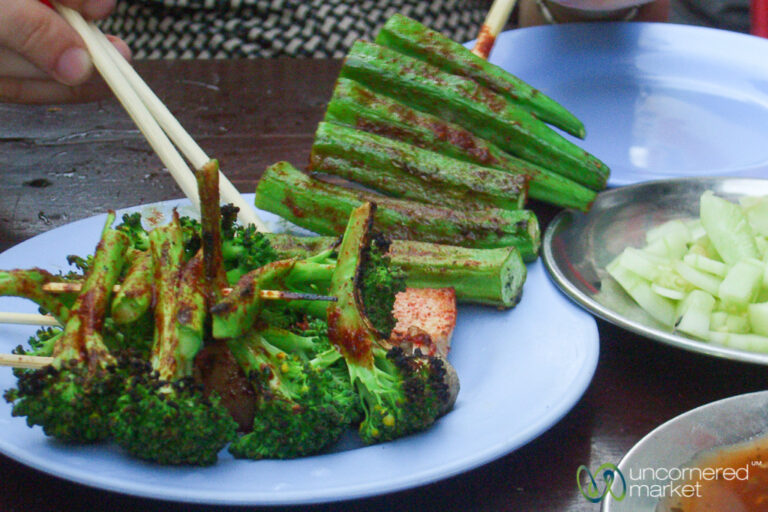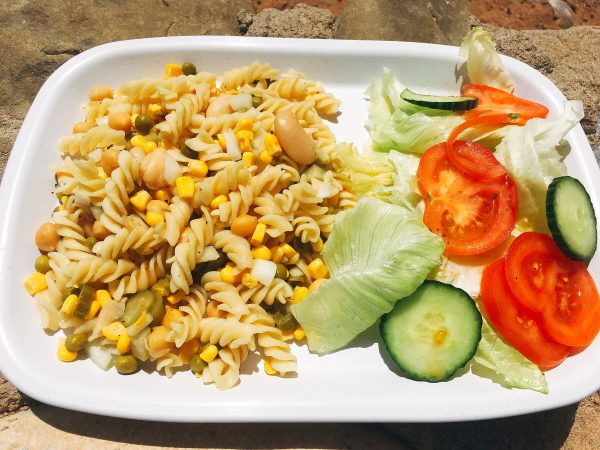Low-carb pasta is now available in many different forms. Noodles without carbohydrates taste delicious and are a good alternative to conventional wheat noodles.

Low-carb noodles for low-carb diets
With a low-carb diet, you replace carbohydrates with fats and proteins, which also fill you up and provide energy. Conventional pasta mainly contains carbohydrates and is unsuitable for a low-carb diet. There is a large selection of low-carb pasta so that you don’t have to do without pasta despite the lack of carbohydrates.
Low-Carb Noodles: Konjac Noodles
Konjac root extracts have been used medicinally and as food in Southeast Asia for over 3,000 years. The main component of the tuber is the fiber-containing glucomannan. Dried and ground, you can use it as a thickening agent or as a gelling agent and prepare desserts with it. Konjac is also processed into low-carb noodles.
The Konjac noodles, which are visually reminiscent of glass noodles, contain almost ten kilocalories per 100 grams and only around two grams of usable carbohydrates.
Since the pasta substitute is not made from grain, konjac noodles are also gluten-free.
In addition to glucomannan, konjac noodles contain large amounts of water and the natural stabilizer calcium hydroxide.
The low-carb noodles are also known as Shirataki noodles and are versatile. You can find them in the Asian market and in more and more supermarkets and organic markets.
Low carb red lentil pasta
Low-carb noodles made from red lentils contain more carbohydrates than konjac noodles. With around 56 grams of carbohydrates per 100 grams, however, they are lower in carbohydrates than conventional wheat noodles. Low-carb red lentil pasta is also healthier for other reasons:
Unlike wheat pasta, lentil pasta is made up of complex carbohydrates. These have a lower glycemic index, meaning they cause blood sugar levels to rise more slowly after eating than wheat noodles. As a result, the low-carb pasta keeps you full for longer.
Lentils are legumes and therefore gluten-free.
Low-carb pasta made from lentils has a high protein content, which also keeps you feeling full for longer. They are a good plant-based source of protein, especially for vegans.
Low carb chickpea pasta
At around 37 grams per 100 grams, low-carb noodles made from chickpeas have significantly fewer carbohydrates than wheat noodles. Your glycemic index is also lower.
Chickpea noodles, like lentil noodles, contain a high proportion of fiber and unsaturated fatty acids.
They are also very high in protein.
In addition, the low-carb pasta contains many vitamins and minerals, especially magnesium, iron and zinc. Wheat noodles have a much lower nutrient content.

Soy Noodles: Asian low-carb noodles
Low-carb soy noodles also contain very few carbohydrates at 13 grams per 100 grams.
Pure soy noodles have a high protein content and keep you full for a long time.
When it comes to low-carb soy pasta, you should make sure that you buy the pure soy version. Many soy noodles on the market are mixed with wheat flour or egg and are then no longer gluten-free and low-carb or no longer vegan.
Just like regular pasta, you can buy soy noodles in different shapes. They are available as classic spaghetti, tagliatelle, fusilli or spirelli. They taste slightly nutty and go particularly well with Asian recipes.












